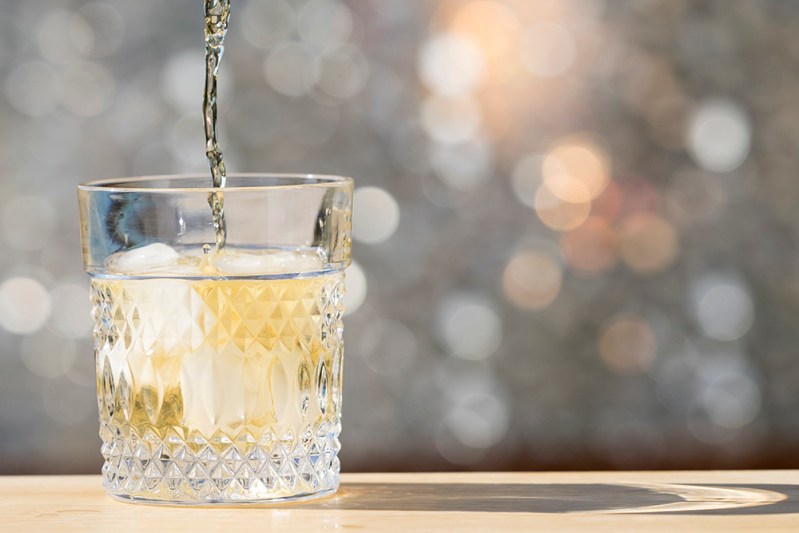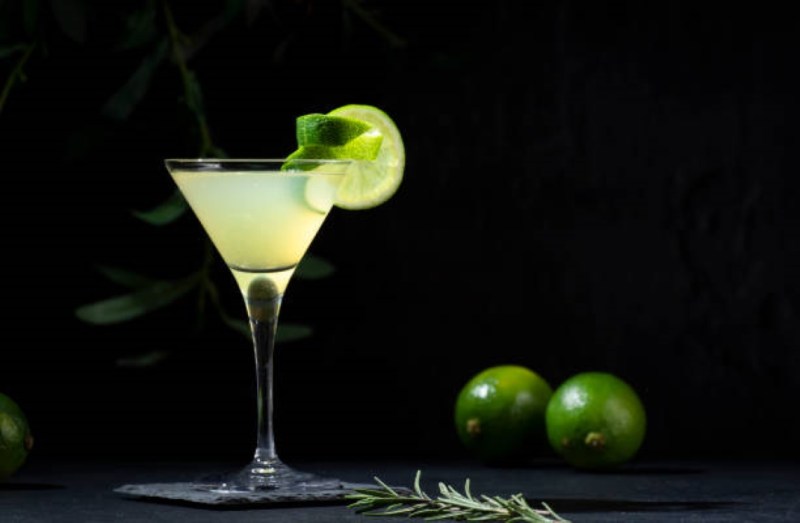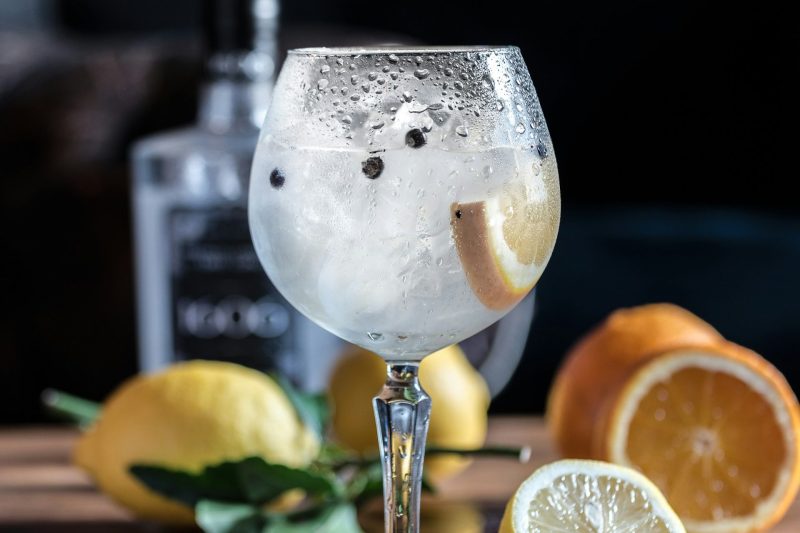
There’s a somewhat hidden player in the spirits game, and her name is neutral. Also known as rectified spirits or ethyl alcohol, neutral grain spirits are a high-octane concoction utilized in a variety of ways within the industry.
Neutral spirits tend to be employed in the making of things like whisky, certain liqueurs, and cut brandy. They are very alcoholic, clocking in anywhere between 55% and 95% alcohol by volume. Many are made from distilling wine (grape neutral spirits) while others are made from a variety of grains. But a neutral spirit can be assembled from just about anything, including corn, tubers, beets, and more.
Bartenders sometimes rely on them to up the ABV of a cocktail. Some have broken out of obscurity to become household names among the mixologist community. Everclear, for example, which comes in versions as mighty as 190 proof (95% alcohol). It’s the stuff of peer pressure and awful hangovers or a flammable additive to a showy cocktail.
Why neutral spirits?

Being neutral, the sensation is a decidedly bland one. What neutral spirits lack in terms of color, flavor, and fragrance is compensated by sheer alcoholic force. And that kind of sterile liquid environment has broad appeal, from limoncello producers to perfume makers. You can even reach a food-grade level of sterilization thanks to the stuff. And its strongest versions are actually outlawed in many states in the U.S. for fear of potential alcohol poisoning (enter Everclear’s hilarious 189-proof incarnation).
There are a variety of theories as to why neutral spirits have remained, well, pretty unsexy. The process to produce the stuff is pretty industrial, requiring repeated distillation to achieve such a towering alcohol content. Purists don’t like the idea of their favorite spirit being fortified with something else. And we don’t even need to get into the name “rectified spirit,” a term that’s made nobody thirsty pretty much ever.
What liquors have neutral spirits?

But let’s not discount the many utilities of the neutral spirit. It serves as an important base for things like gin, whisky, and vodka. You’ll also find it playing a big role in things like sanitizing agents, cosmetic goods, and pharmaceutical creations. The DIY crowd takes advantage of the category when whipping up things like bitters or cassis at home. And this is to say nothing of the brave souls working on homemade moonshine.
Spirits like gin, aquavit, and absinthe have an especially close relationship with the stuff as these products are essentially a bunch of botanicals swimming in a neutral spirit. The high-alcohol backdrop marries and enhances the many aromatics and flavors at play, creating a harmonious end result. With brandy, you can typically tell how much is used just by glancing at the label.
The best way to think of neutral spirits is as a blank canvas of sorts upon which spirits makers, perfumers, shampoo creators, and more go to work. The alcohol functions as both a melding mechanism and preservative, which is especially important in piecing together some of your favorite spirits. They may not be artisanal, but that takes nothing away from the big roles they play.
Other uses for neutral grain spirits
Because neutral grain spirits are so pure and lack flavor, they can also be used for non-beverage/alcohol purposes, such as:
- A fuel source
- As a solvent in a variety of industrial applications.
- As a cleaning agent.
- Can act as a preservative in some food items, as it helps inhibit the growth of bacteria and mold, extending the shelf life of certain products
- As a base for extracting flavors from fruits, herbs, and spices — the alcohol draws out the concentrated essence of these ingredients, which can then be used in food preparation, baking, and making candy
There are more uses, but this is plenty to think on. So, just don’t go trying any straight up anytime soon.


